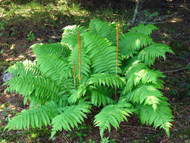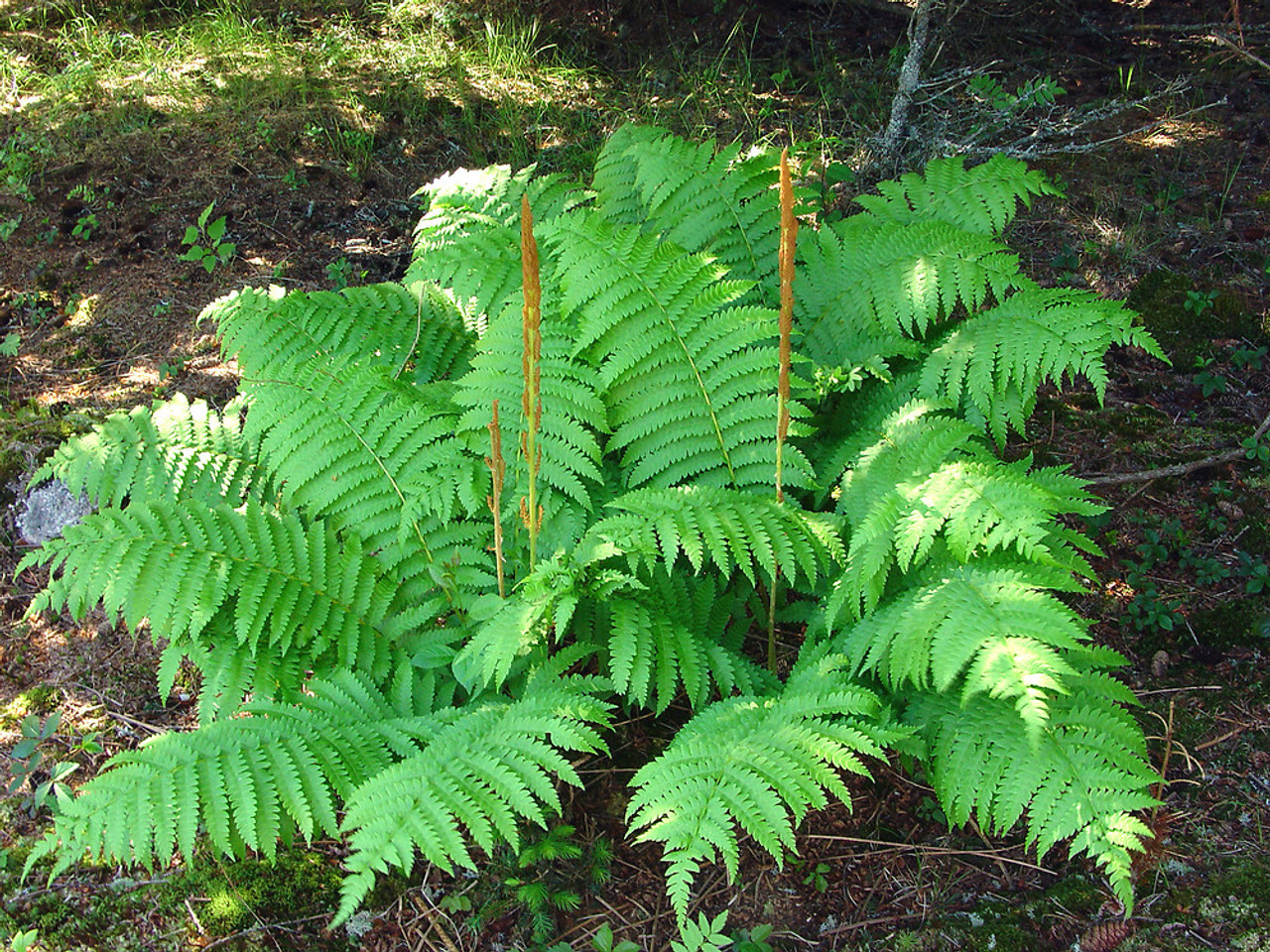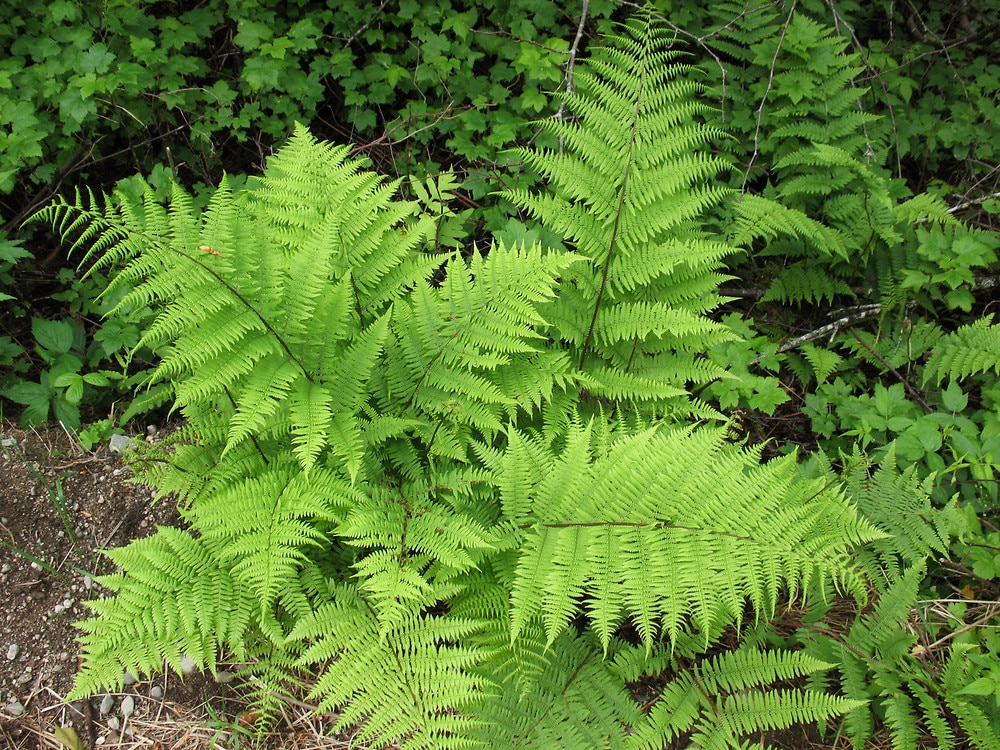Choose the right ferns for your garden.
Mar 20, 2023
Choosing the Right Ferns for your garden
Ferns are a beautiful and versatile addition to any garden. Their delicate fronds and lush green foliage add a touch of elegance to shady areas and can thrive in dappled sunlight. Here's what you need to know about planting ferns in your garden.
How to choose the right ferns for your garden
Before you start planting, choosing suitable ferns for your garden is essential. There are many types of ferns, each with unique characteristics and growing requirements. Some ferns prefer moist soil and shady conditions, while others can tolerate more sunlight and drier ground. Some popular fern varieties include:
- Boston fern: This classic fern is known for its feathery fronds and can grow up to 3 feet tall.
- Maidenhair fern: With its delicate, lacy fronds, the maidenhair adds a graceful touch to any garden.
- Japanese-painted fern: This has silvery-blue fronds with red or purple veins, making it a striking addition to any garden.
- Ostrich fern: This large fern can grow up to 6 feet tall and is known for its showy, ostrich feather-like fronds.
Preparing the Soil
Once you've chosen your ferns, it's time to prepare the soil. Ferns prefer moist, well-draining soil with plenty of organic matter. If your soil is heavy and clay-like, you may need to treat it with compost or peat moss to improve drainage. If your soil is sandy, you may need to add some organic matter to help retain moisture. You could also add a slow-release fertilizer to the ground to boost your ferns.
Planting a fern in your garden can be an excellent way to add lush greenery to your outdoor space. Follow these tips to produce a fern in your garden:
- Choose a suitable location: Ferns prefer shaded or partially shaded areas, so look for a spot in your garden that gets indirect sunlight or shaded for at least part of the day. Make sure you have good soil and good drainage.
- Prepare the soil: If the ground in your chosen location is compacted or of poor quality, you may need to blend it with compost to improve drainage and nutrient levels. Mix some peat moss or compost into the soil to make it rich and loose.
- Dig a hole: Dig a spot slightly larger than your fern's root ball. The hole should be deep enough that the top of the root will be level with the soil surface when you plant it.
- Plant the fern: Place the fern in the hole, ensuring the top of the root is level with the soil surface. Then backfill the hole with soil, tamping it down gently to remove air pockets. Water the fern well after planting.
- Mulch: Add a layer of mulch around the base of the fern to help retain moisture and keep weeds down. Use a layer of organic matter like wood chips or leaves, but keep it away from the stem.
- Water regularly: Ferns need regular watering, especially during the first few weeks after planting. Be sure to keep the soil wet but not too wet. Water the ferns deeply at the base of the plant to ensure the roots get enough water.
Following these steps, you can successfully plant a fern in your garden and enjoy its lush, green foliage all season.
The Christmas fern (Polystichum acrostichoides) is native to eastern North America. It is a hardy, evergreen fern commonly found in wooded areas, rocky slopes, and along streams.
The Christmas fern gets its common name from its ability to stay green throughout the winter months, making it a popular decoration during the Christmas season. Its fronds grow up to two feet long and are dark green with a leathery texture. The fronds grow in a distinctive "V" shape, with the pinnae (the individual leaflets that make up the front) arranged in a neat, symmetrical pattern.
The Christmas fern is easy to care for and is tolerant of a wide range of soil types and growing conditions. It prefers partial to full shade and moist, well-drained soil, and it is also relatively pest and disease resistant.
In addition to its ornamental value, the Christmas fern has several other uses. Native Americans have traditionally used it as a medicinal herb for various ailments, including fever, rheumatism, and wounds. The fronds are also sometimes used in floral arrangements and wreaths, and the plant is sometimes grown as a ground cover in landscaping.
The Cinnamon fern (Osmundastrum cinnamomeum) is a perennial fern native to North America. Named for its distinctive cinnamon-colored spore-bearing fronds that appear in late spring to early summer.
Cinnamon ferns can grow up to 4 feet (1.2 meters) tall and have two types of fronds: sterile fronds that are green and grow in a circular pattern and fertile fronds that are taller, darker in color, and bear spores. The fertile fronds are usually a cinnamon color, where the fern gets its name.
Cinnamon ferns prefer moist to wet soils, commonly found in wetlands, swamps, streams, and rivers. They are easy to grow in gardens and add natural beauty to any landscape. They are also popular in the cut flower trade, with the fronds used in floral arrangements.
Cinnamon ferns are a favorite of wildlife, with many species of birds, mammals, and insects using them for food, shelter, and nesting material. The eastern comma butterfly is attracted to these.
Overall, cinnamon ferns are a beautiful and ecologically important plant enjoyed both in the wild and in the garden.
Lady ferns (Athyrium filix-femina) are ferns native to the Northern Hemisphere's temperate regions, including North America, Europe, and Asia. They are a popular garden plant due to their delicate, lacy fronds that give them a graceful appearance.
Lady ferns typically grow between 1-3 feet (30-90 cm) tall, and their fronds can be up to 2 feet (60 cm) long. The fronds are usually a bright green and divided into many small, feathery segments. They grow in a rosette pattern from a central crown, and the fronds tend to arch outward as they mature.
Lady ferns prefer to grow in damp, shady locations, such as woodland areas, stream banks, or the edge of a garden pond. They do best in moist, well-draining soil rich in organic matter. They are hardy plants and can tolerate various soil types and pH levels.
Lady ferns are easy to grow and care for, making them famous gardeners. They can be grown in containers or planted directly in the ground, and they require minimal maintenance beyond the regular watering and occasional fertilization. They are also relatively pest and disease-free.
In addition to their ornamental value, lady ferns have many medicinal and culinary uses. Ferns have been used for centuries to treat various ailments, including respiratory and digestive issues. They are also edible, and their young fronds can be used as a vegetable or added to salads.
Overall, lady ferns are a beautiful and versatile plant that can add a touch of elegance to any garden or landscape.

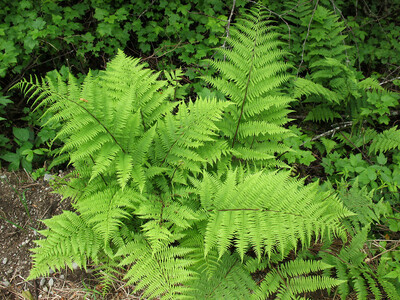 Native Ferns
Native Ferns
 Native Mosses
Native Mosses
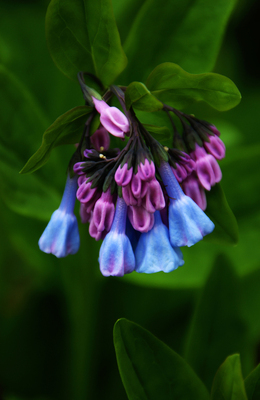 Native Perennials
Native Perennials
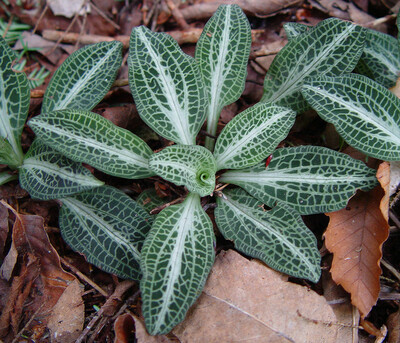 Native Ground Covers
Native Ground Covers
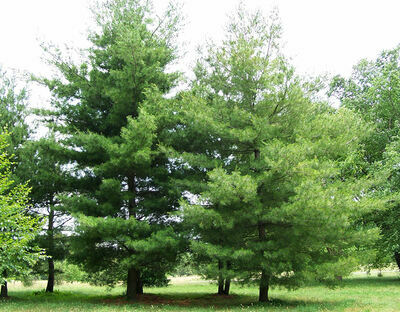 Native Trees
Native Trees
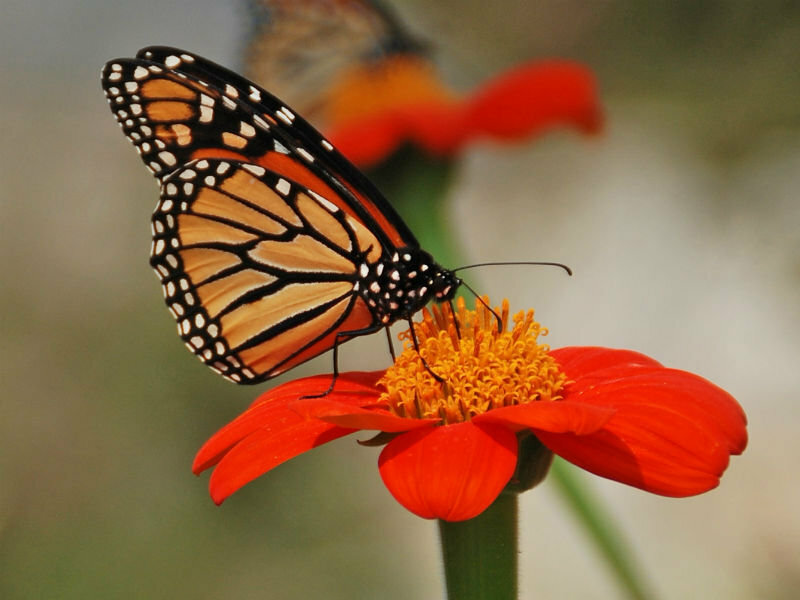 Pollinators
Pollinators
 Shop Bloom Color
Shop Bloom Color
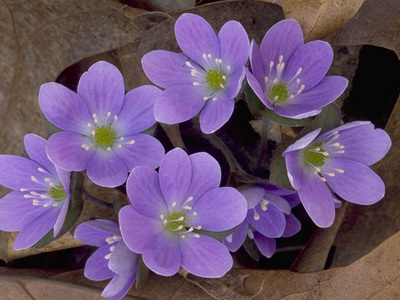 Perennials By Zone
Perennials By Zone
 Medicinal Herb Plants
Medicinal Herb Plants
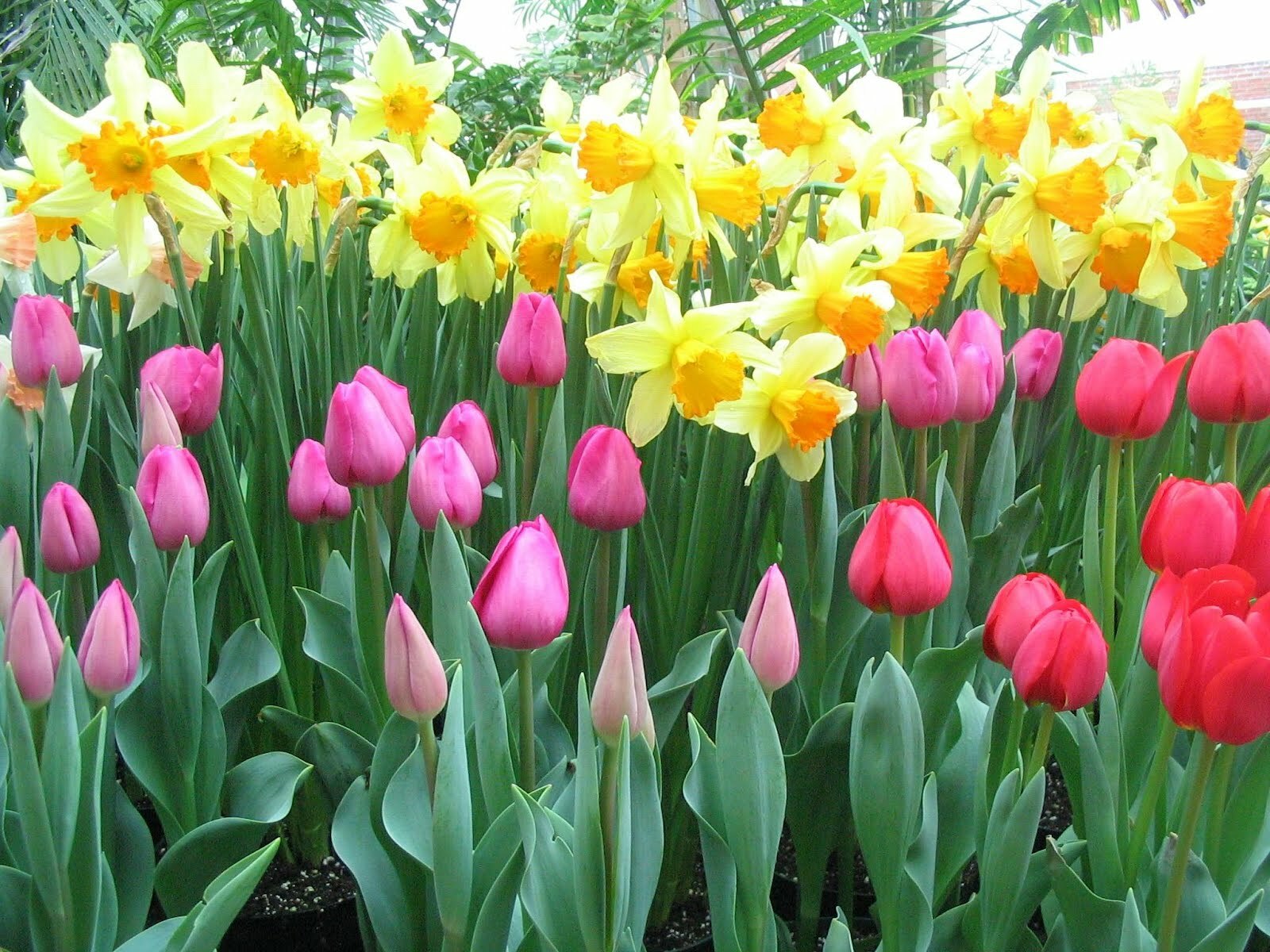 Spring Bulbs
Spring Bulbs
 Trillium
Trillium
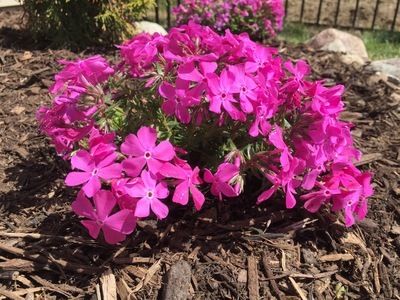 Shop By Zone
Shop By Zone
 Flowering Groundcovers
Flowering Groundcovers
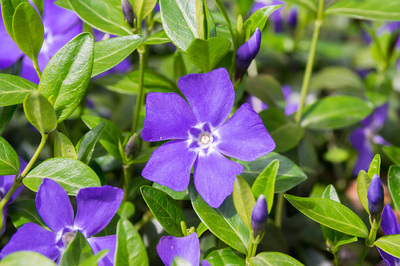 Evergreen Groundcovers
Evergreen Groundcovers
 Ferns for Zone 3
Ferns for Zone 3
 Ferns for Zone 4
Ferns for Zone 4
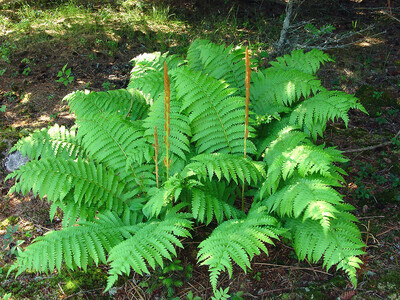 Ferns for Zone 5
Ferns for Zone 5
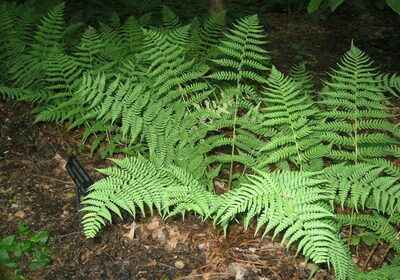 Ferns for Zone 6
Ferns for Zone 6
 Ferns for Zone 7
Ferns for Zone 7
 Ferns for Zone 8
Ferns for Zone 8
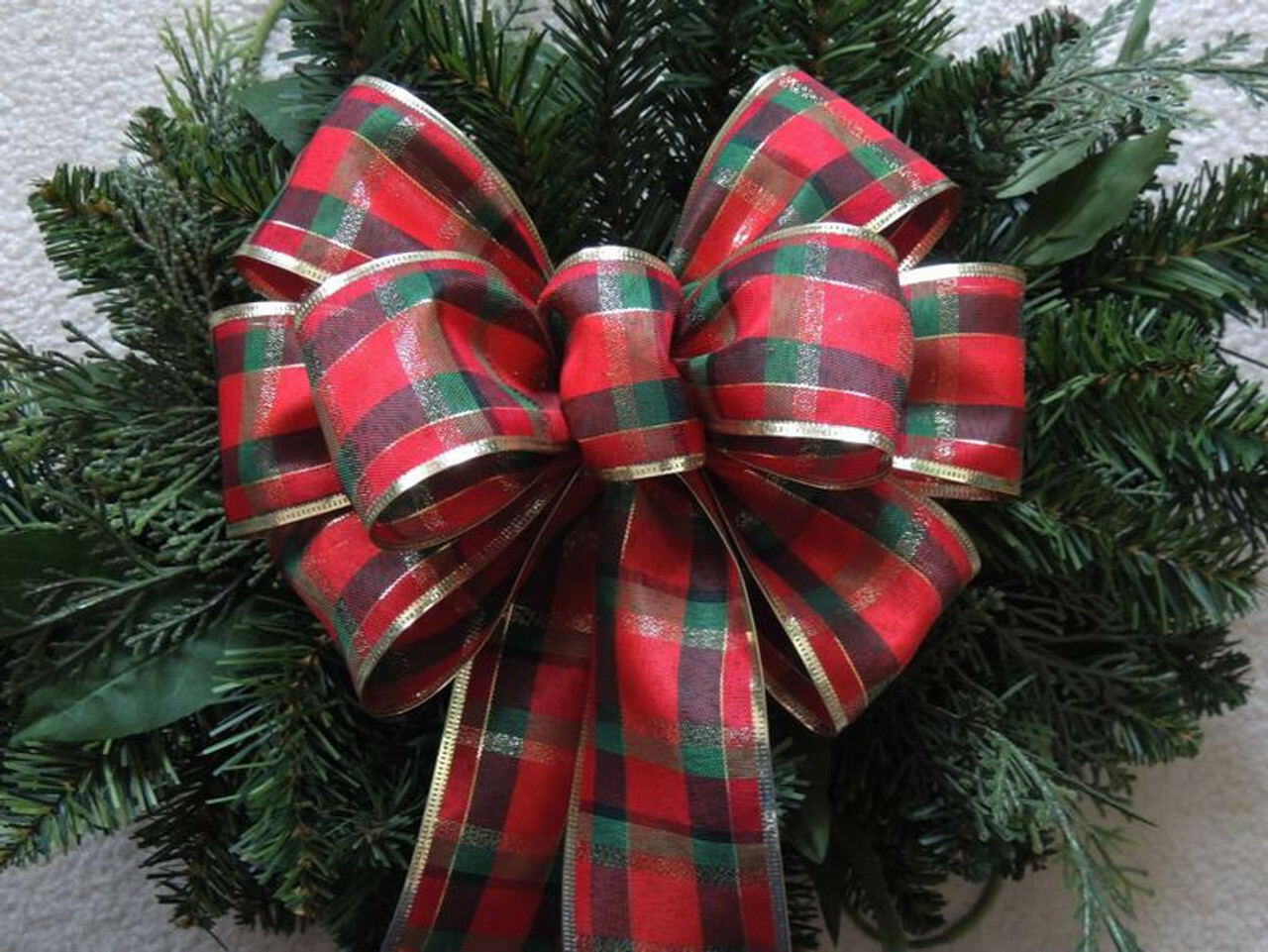 Christmas bows
Christmas bows
 Fresh Wreaths & Garlands
Fresh Wreaths & Garlands
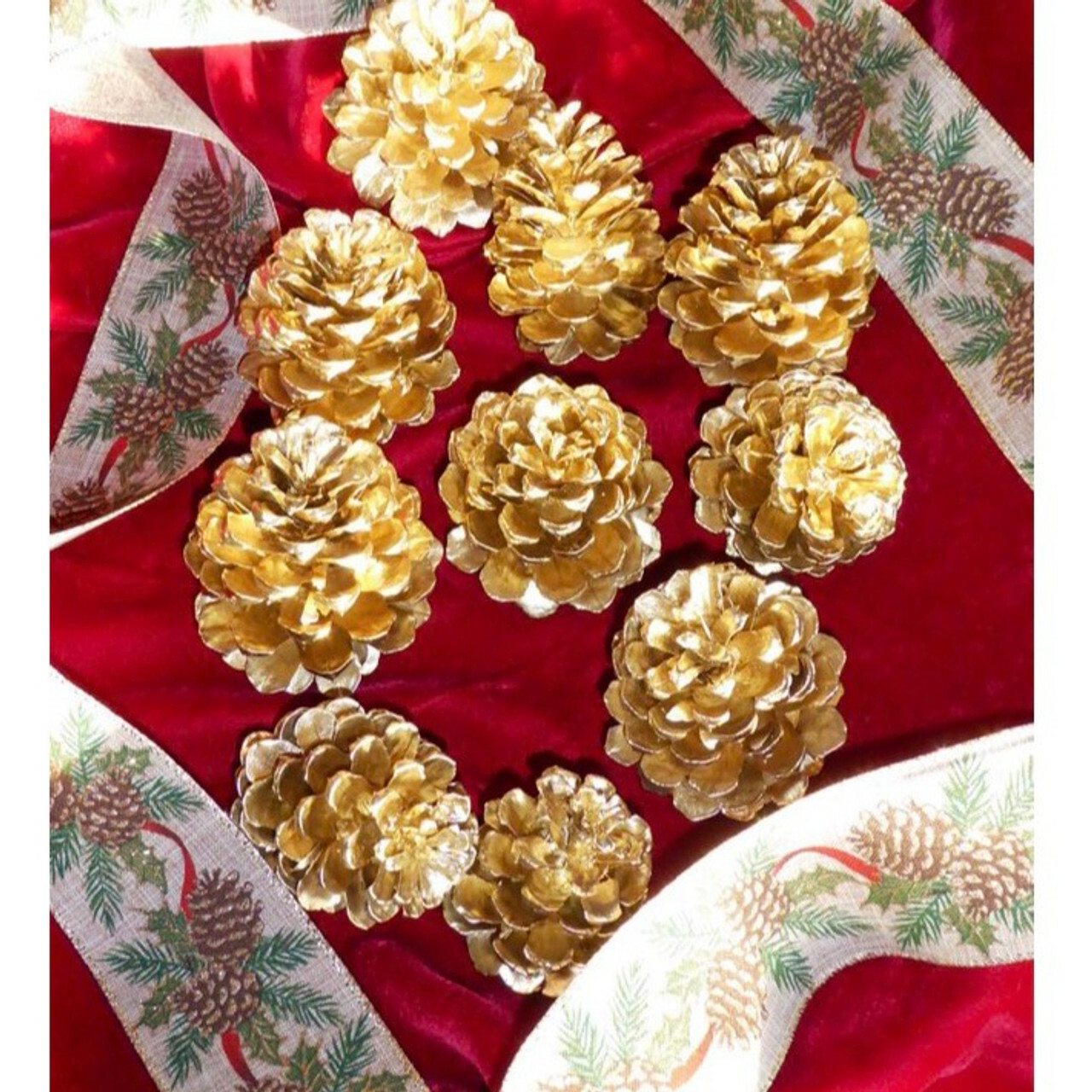 Large Pine Cones
Large Pine Cones
 Live Mistletoe
Live Mistletoe
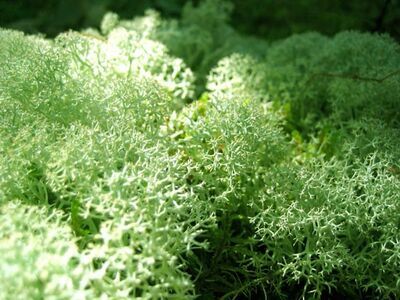 Moss
Moss
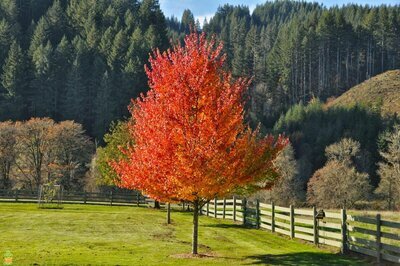 Shop Trees By Zone
Shop Trees By Zone
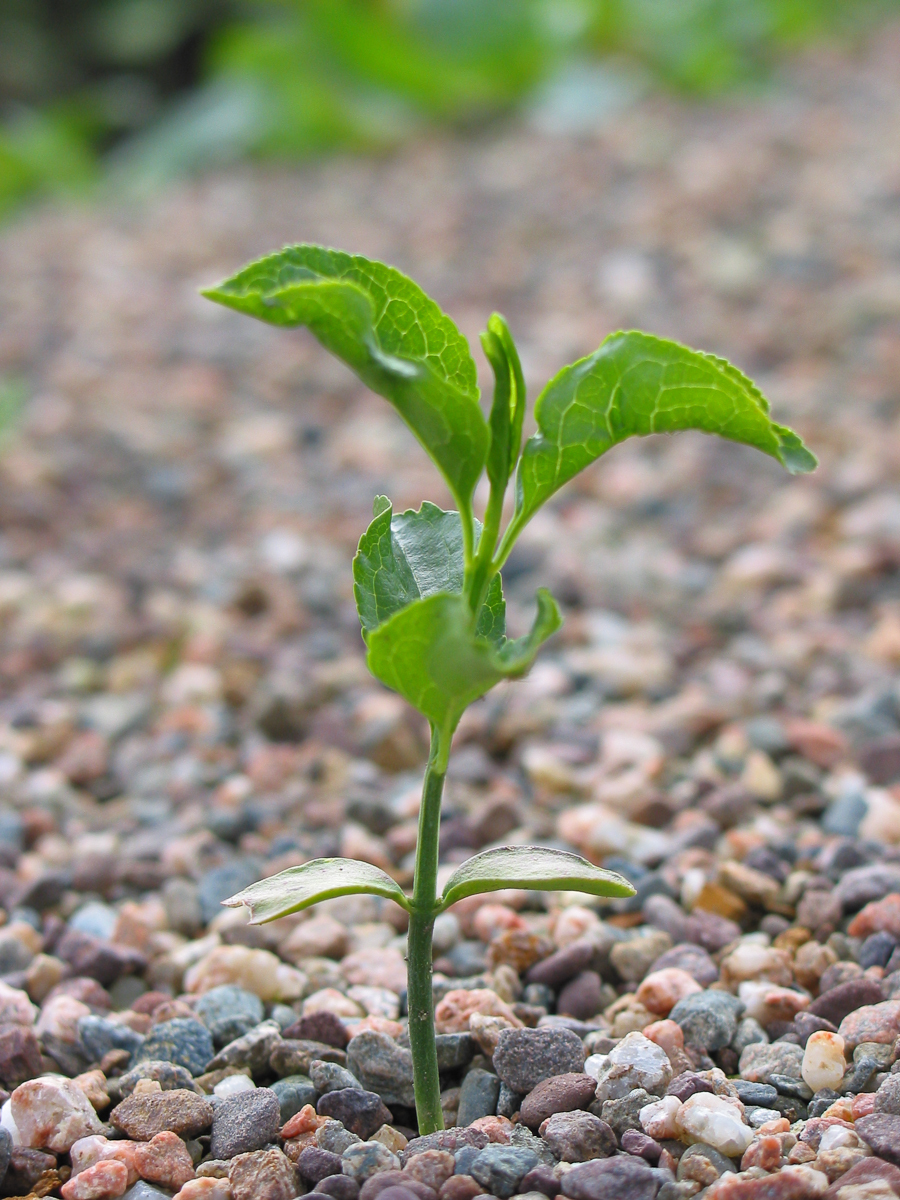 Tree Seedlings
Tree Seedlings
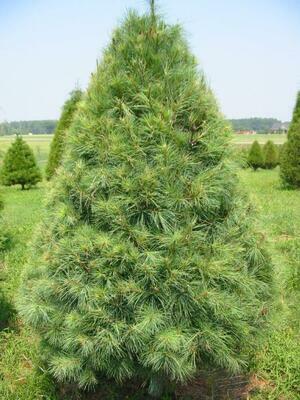 Fast Growing Trees
Fast Growing Trees
 Pine Trees
Pine Trees
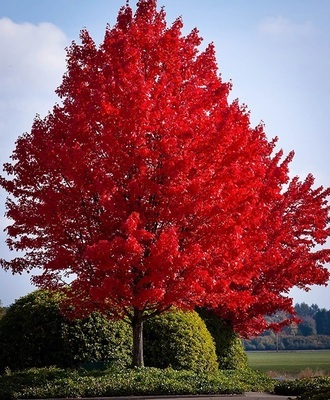 Live Stakes
Live Stakes
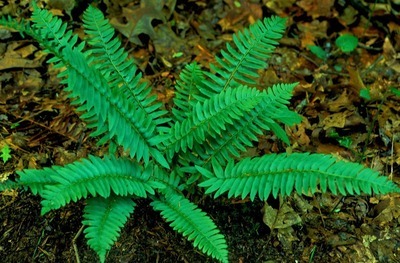 Evergreens
Evergreens
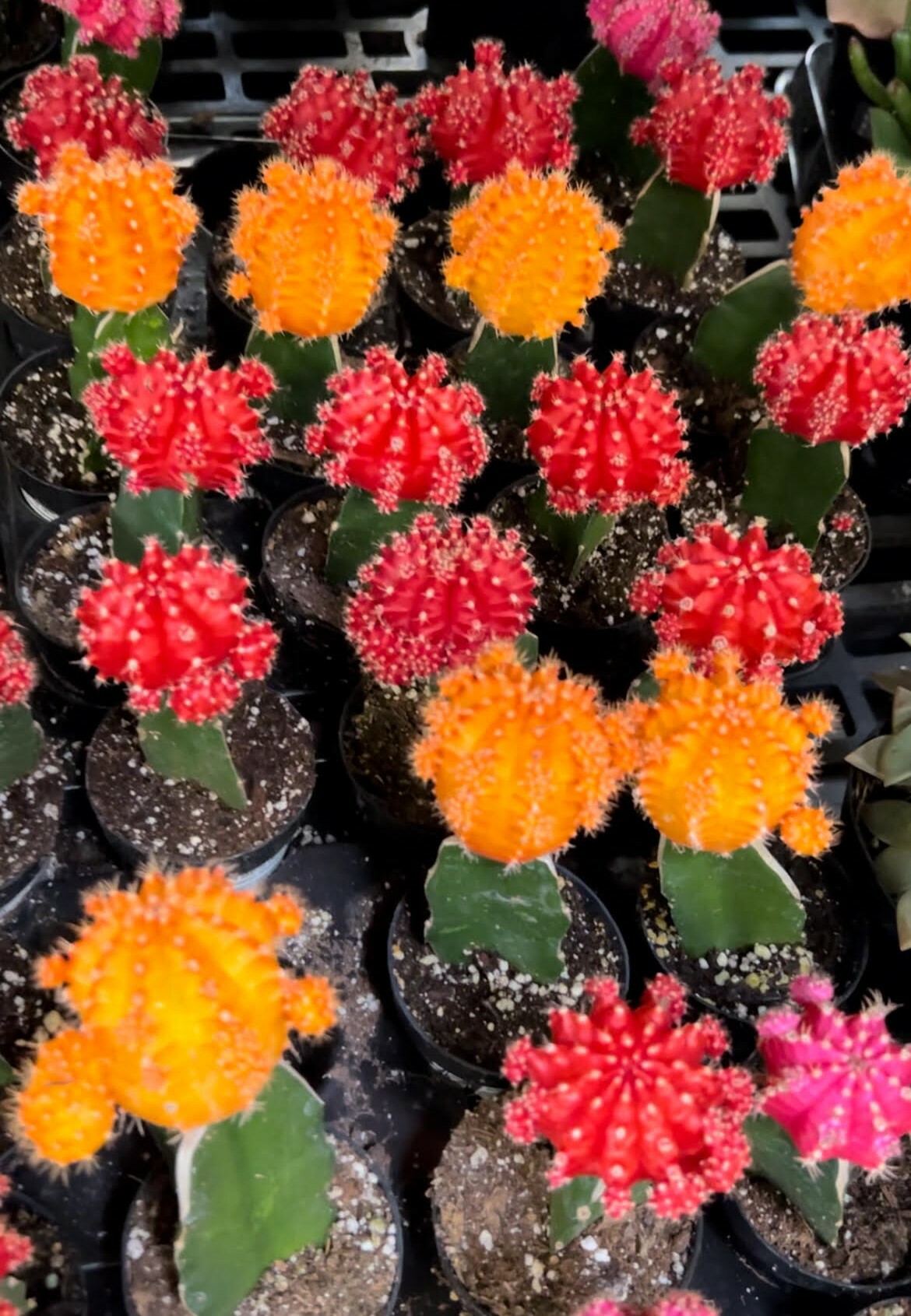 Cactus
Cactus
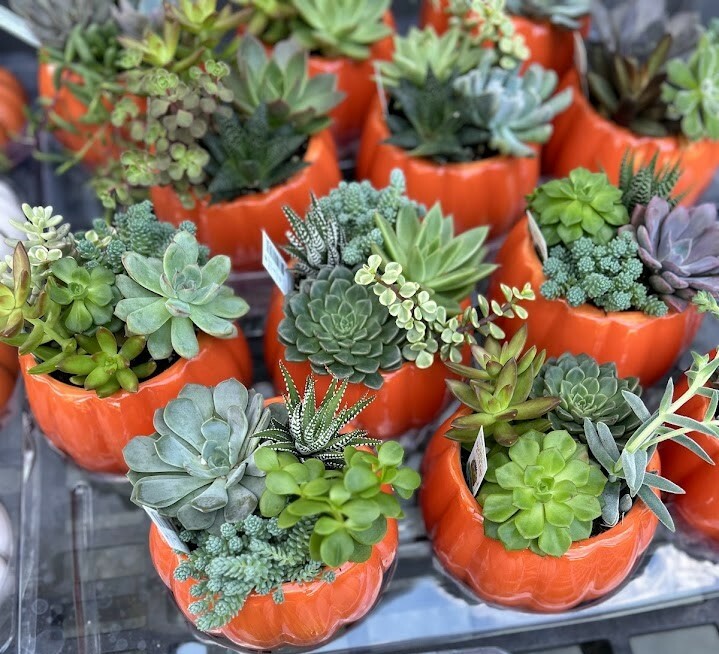 Combos
Combos
 Echeveria
Echeveria
 Haworthia
Haworthia
 Sedum - Stonecrop
Sedum - Stonecrop
